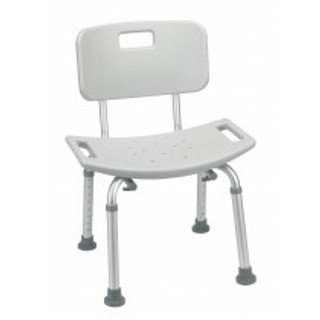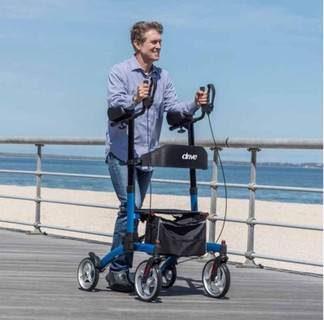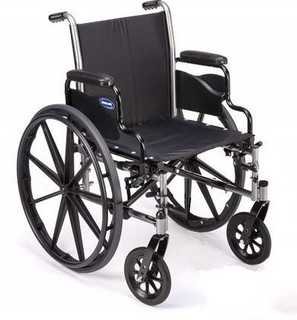The Benefits of Walking for Seniors
Walking is a simple yet highly effective way for seniors to stay active, healthy, and engaged. It’s an activity that doesn’t require special equipment, is gentle on the joints, and offers a wealth of physical, mental, and social benefits. Let’s explore why incorporating walking into daily life can make such a positive difference for older adults.
1. Physical Health Benefits
Regular walking has numerous advantages for physical health, especially as we age:
- Cardiovascular Health: Walking improves circulation, strengthens the heart, and helps maintain healthy blood pressure levels. Studies show that walking at a moderate pace can reduce the risk of heart disease and stroke.
- Bone and Joint Health: Weight-bearing activities like walking help maintain bone density, reducing the risk of osteoporosis. Walking also strengthens muscles around joints, easing symptoms of arthritis.
- Weight Management: It’s a low-impact way to burn calories and maintain a healthy weight, which can lower the risk of chronic conditions such as diabetes and hypertension.
2. Mental and Emotional Well-being
Walking isn’t just good for the body; it’s a tonic for the mind:
- Reduces Stress: Walking releases endorphins, the body’s natural mood enhancers, which can alleviate feelings of stress and anxiety.
- Boosts Cognitive Function: Studies suggest that walking may improve memory and cognitive performance, particularly in older adults, potentially reducing the risk of dementia.
- Fights Loneliness: Walking outdoors, especially in parks or with a group, can provide a sense of connection to nature and the community, reducing feelings of isolation.
3. Improved Balance and Mobility
For seniors, maintaining balance and mobility is crucial for independence:
- Enhances Stability: Walking regularly strengthens core muscles and improves coordination, reducing the likelihood of falls.
- Increases Flexibility: It keeps the body limber and can alleviate stiffness, improving overall range of motion.
4. Social Connections
Walking with friends, family, or in walking groups fosters social interactions, which are essential for emotional health. Group walks can also serve as an opportunity to meet new people and build a sense of community.
5. Accessibility and Convenience
Walking is one of the most accessible forms of exercise:
- It can be done almost anywhere, from local neighborhoods to scenic trails.
- It doesn’t require a gym membership or expensive equipment.
- The pace and distance can be easily adjusted to match individual fitness levels and goals.
Tips for Getting Started
- Start Small: Begin with short, manageable walks and gradually increase duration and intensity.
- Wear Comfortable Shoes: Invest in well-fitted walking shoes with good support.
- Stay Hydrated: Drink water before and after walking to stay hydrated.
- Choose Safe Routes: Opt for well-lit, even surfaces to minimize the risk of tripping.
Conclusion
Walking is a powerful tool for maintaining health and vitality in later years. Its numerous benefits—spanning physical, mental, and social aspects—make it an ideal activity for seniors looking to enhance their quality of life. So, grab a pair of comfortable shoes, step outside, and embrace the joys of walking. Your body and mind will thank you!
Sponsored by SafeWell Medical Supply. You one-stop-shop for all your home medical equipment needs.



















